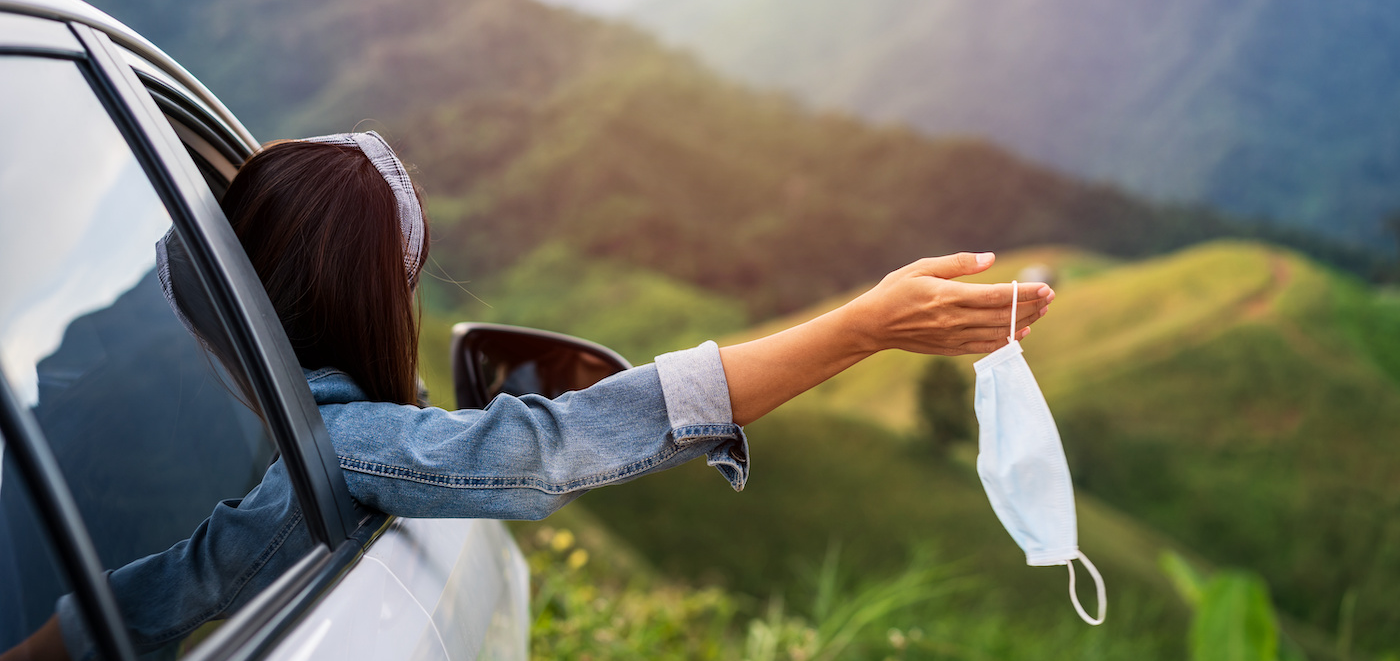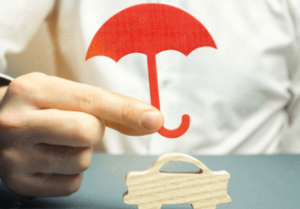Six Steps to Safe Summer Driving

Rather than flying off to some exotic destination, more and more people are opting to stay closer to home for their Summer vacations. These vacations close to home have been recently deemed "staycations," which is basically a fancy name for the good-old family road trip. If you are planning a road trip this Summer, here are six steps to safe summer driving, to be sure your trip goes as smoothly as planned.
1. Get a Check-Up for the Vehicle: Its smart to have your vehicle inspected at the beginning of both Summer and Winter. They type of oil and fluids your car will use differs from the hot weather months to the cold weather months. Take your car to a service center and ask them to give your car a Summer check-up, including checking the fluids, testing the belts and cables, checking the wiper blades, testing the battery, and giving it an oil change or tune-up. The type of oil you use in Summer will be thinner than the thick oil used in the Winter. Plus, your radiator will likely need to be filled with a coolant (like water) rather than anti-freeze. The spark plugs may also need to be changed after a long Winter of hard use. Any experienced mechanic or service center will be able to properly prepare your car for Summer. This is good "preventative maintenance" so you don't run into problems on the road. But, just like health insurance doesn't cover preventative medicine, online car insurance and traditional car insurance companies do not cover this routine maintenance. The cost will come out of your own pocket, but it is well worth the investment.
2. Stay Sober, Stay Alert, Stay Focused: Everyone knows that drunk driving is one of the leading cause of deaths in this country — so don't do it! However, driver fatigue and distractions are also major causes of traffic accidents and deaths each year. In fact, studies have shown that texting while driving is equally as dangerous as driving while drunk or impaired. Don't take that risk while driving a car full of kids and family members. If you must communicate via phone or text, ask someone else in the car to do it for you. Or, have someone else drive. This also applies to driver fatigue. Be sure to switch drivers often, and pull over and take a rest if you feel sleepy. Sometimes it just takes a walk around a rest stop or visit to a road-side attraction to get re-invigorated for another couple hours on the road.
3. Have Child Seats Checked: Many local social service agencies or fire departments will offer free child seat checks periodically at the beginning of Summer. Take advantage of this free service. Stop into the location where the check is being held and have them inspect all of your child seats. They will be able to tell if they are installed properly, as well as if they are the right size for your children.
4. Get New Tires: Yes, it may be expensive, but a fresh set of tires is a good, safe investment for your car and family. This is especially true if your vehicle has Winter tires or off-road tires on it. Change them to Summer tires, which are smoother, yet grip the road better in wet conditions. Consult with your local tire shop to see which type of tires will be best suited for your car. Also, get quotes from at least three different shops so you find the best price. Unfortunately, unless the tires are damaged due to vandalism or other events, your online car insurance company will not cover the cost of new tires.
5. Review your Car Insurance Policy: Before heading on a long road trip away from home, be sure to have your online car insurance policy or local car insurance policy checked. Be sure that you have the right coverage for your situation. For example, you may want to have road-side assistance coverage in the case of a break-down. You may also want to expand to full-coverage or comprehensive coverage, given the amount of travel you will be doing.
6. Prepare an Emergency Kit: People often make Winter survival kits for their vehicles, but a Summer survival kit is just as important. Here are some items to include in your kit (not counting the iPod or DVD player):
• Flashlight with extra batteries
• Mobile battery charger or road-side jumper kit
• Bottled water
• Non-perishable food
• Tool set
• Road flares (to alert drivers if you must change a tire at night)
• First aid kit
• Emergency tire inflation kit
Remember to check with your online car insurance company about road-side assistance coverage. It can be a life-saver, in more ways than one. To find cheap car insurance, check AutoInsuranceQuote.com for fast, easy auto insurance quotes from around the country.

